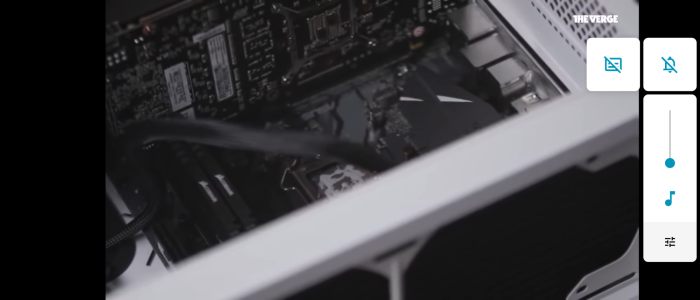Eshelmen
Supreme [H]ardness
- Joined
- Feb 3, 2004
- Messages
- 6,641
Unless Intel forgot to update their "How to" page.... it appears Intel is still recommending pea/grain sized portions of thermal paste.
According to a lot of you, this seems to be WAY too little of paste these days. And sure enough - my 5900x definitely favored A LOT more than a pea sized amount thanks to your recommendations. Average temps dropped dramatically.
With the newest generation of CPU's out now, my 5900x is probably considered in the mid tier for TDP. Yet, Intel still recommends only a small amount of paste.
https://www.intel.com/content/www/us/en/gaming/resources/how-to-apply-thermal-paste.html
From Intel's own website:
Wondering why they would still recommend an awfully small amount of paste? Anyone else feel this is kind of odd?
According to a lot of you, this seems to be WAY too little of paste these days. And sure enough - my 5900x definitely favored A LOT more than a pea sized amount thanks to your recommendations. Average temps dropped dramatically.
With the newest generation of CPU's out now, my 5900x is probably considered in the mid tier for TDP. Yet, Intel still recommends only a small amount of paste.
https://www.intel.com/content/www/us/en/gaming/resources/how-to-apply-thermal-paste.html
From Intel's own website:
- Make sure to use the correct amount of thermal paste, which is roughly the size of a pea or a grain of rice. An insufficient amount might not cover the surface area needed in order to be effective. Too much reduces the efficacy of the paste, due to the metal surfaces being too far apart, and also risks spilling out onto the motherboard during installation.
- It might be tempting to spread the thermal paste onto the CPU yourself. We recommend letting the pressure from the base-plate or waterblock being installed do it for you. Incorrect manual application can cause air bubbles to form in the paste, which can negatively impact the thermal conductivity.
Wondering why they would still recommend an awfully small amount of paste? Anyone else feel this is kind of odd?
Last edited:
![[H]ard|Forum](/styles/hardforum/xenforo/logo_dark.png)

